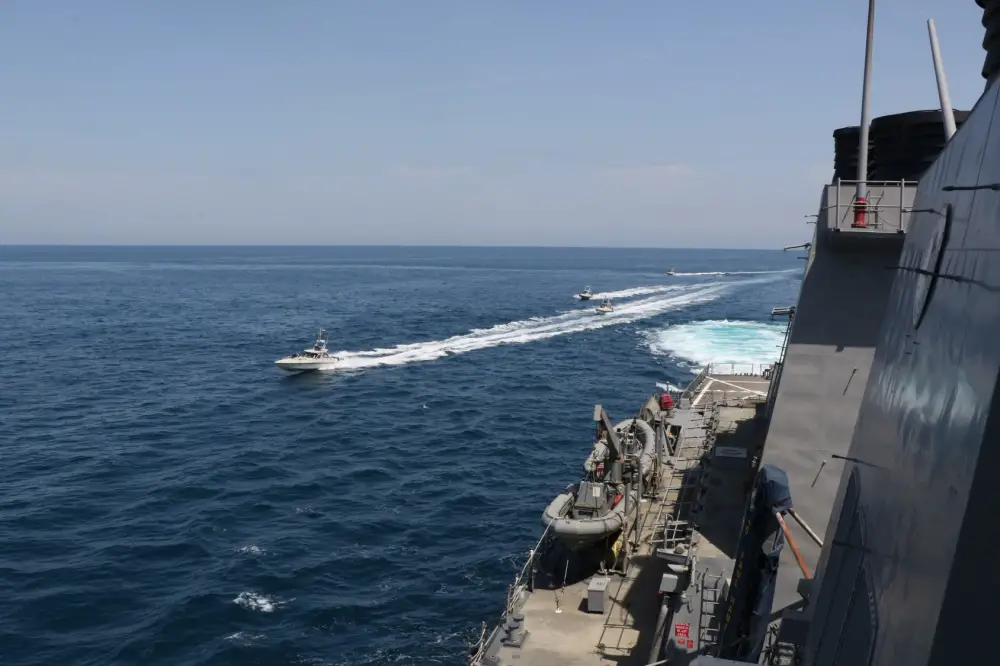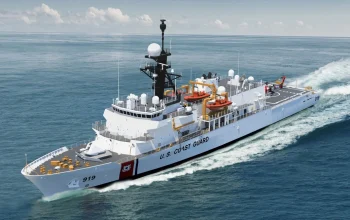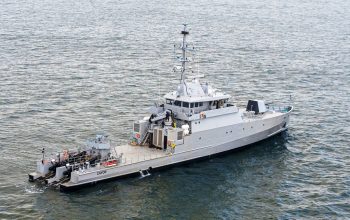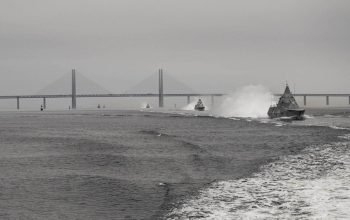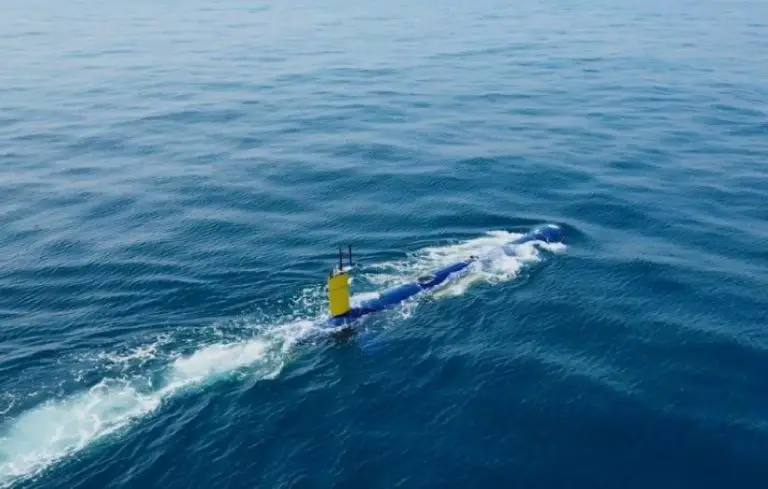On April 15, eleven Iranian Islamic Revolutionary Guard Corps Navy (IRGCN) vessels repeatedly conducted dangerous and harassing approaches of the USS Lewis B. Puller (ESB 3), USS Paul Hamilton (DDG 60), USS Firebolt (PC 10), USS Sirocco (PC 6), USCGC Wrangell (WPB 1332) and USCGC Maui (WPB 1304) while the U.S. vessels were conducting joint integration operations with U.S. Army AH-64E Apache attack helicopters in the international waters of the North Arabian Gulf.
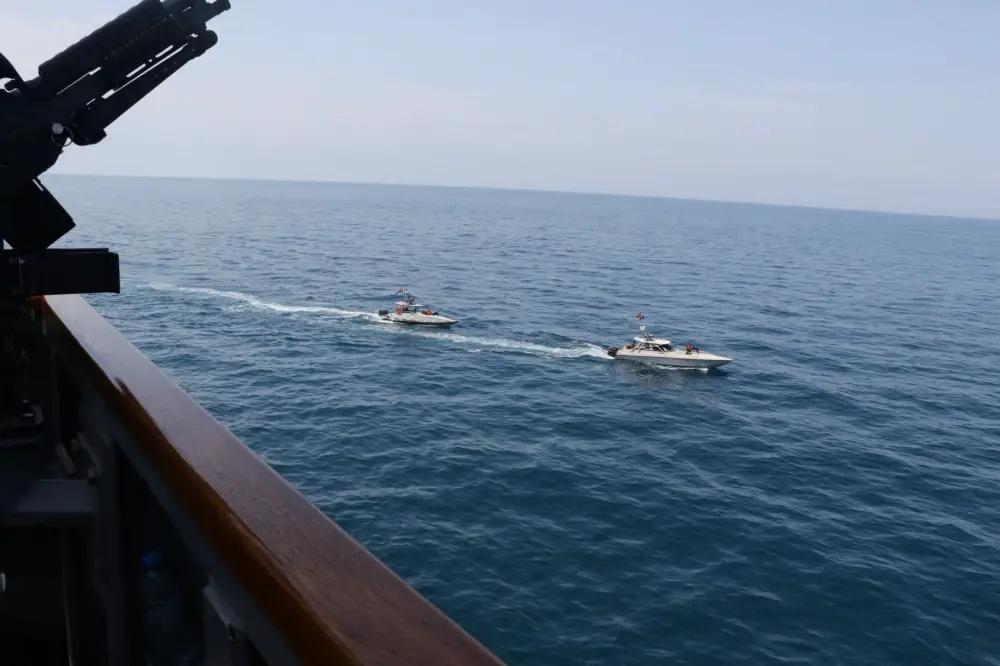
The IRGCN vessels repeatedly crossed the bows and sterns of the U.S. vessels at extremely close range and high speeds, including multiple crossings of the Puller with a 50 yard closest point of approach (CPA) and within 10 yards of Maui’s bow. The U.S. crews issued multiple warnings via bridge-to-bridge radio, five short blasts from the ships’ horns and long range acoustic noise maker devices, but received no response from the IRGCN. After approximately one hour, the IRGCN vessels responded to the bridge-to-bridge radio queries, then maneuvered away from the U.S. ships and opened distance between them.
The IRGCN’s dangerous and provocative actions increased the risk of miscalculation and collision, were not in accordance with the internationally recognized Convention on the International Regulations for Preventing Collisions at Sea (COLREGS) “rules of the road” or internationally recognized maritime customs, and were not in accordance with the obligation under international law to act with due regard for the safety of other vessels in the area. The U.S. Navy, Coast Guard, Marines and Army have been conducting joint interoperability operations in the North Arabian Gulf since late March.


